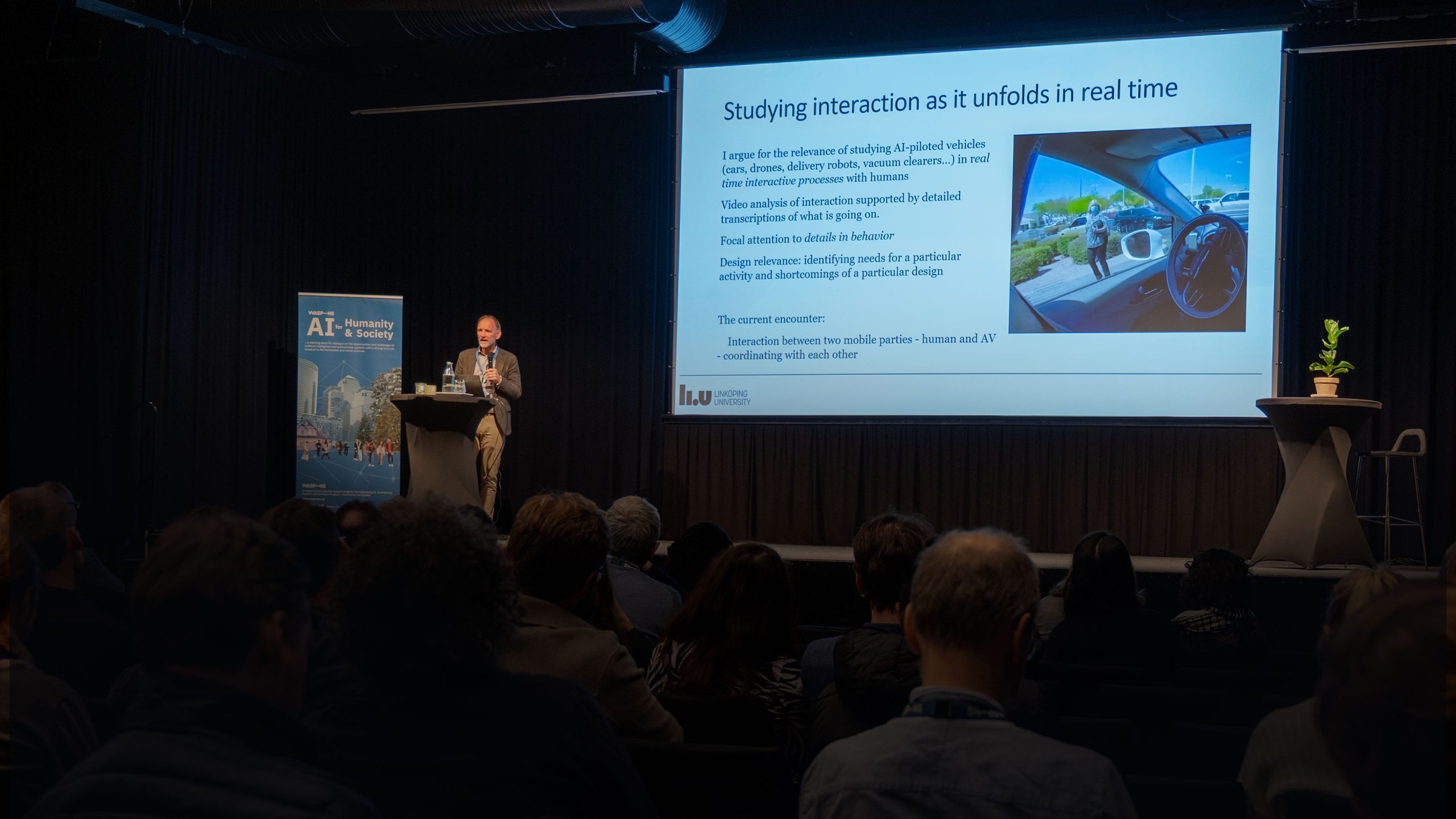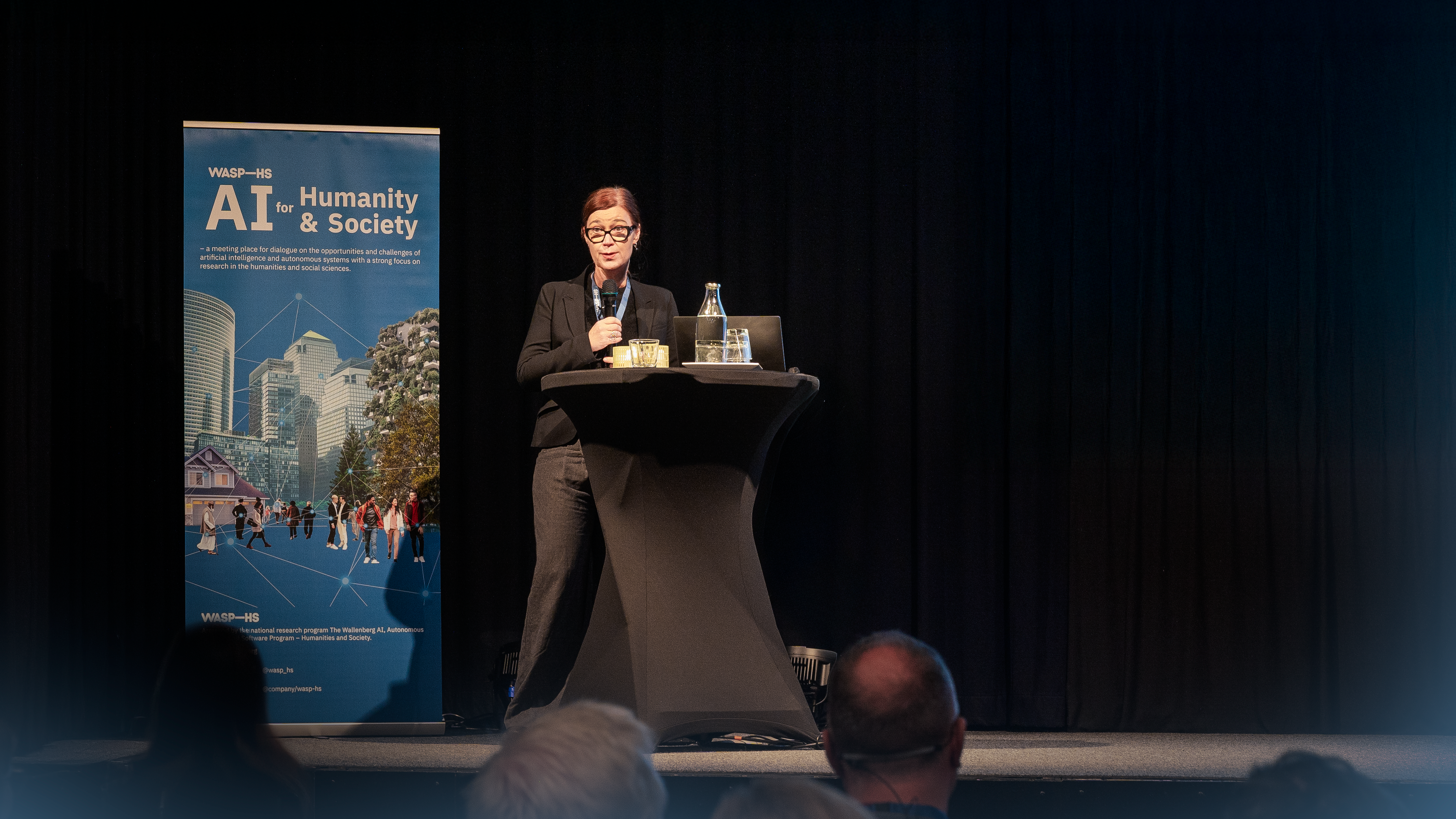It is not uncommon to compare the impact of AI transformation to that of the industrial revolution. Should AI turn out to bring about economic change akin to the industrial revolution, the consequences for humanity and society will be immense. All of us will be stakeholders in that revolution. As in the industrial revolution, few individuals will be the change agents and in one way or the other most will be the “victims” of change. Even if AI will turn out to be less far-reaching than a revolution, it seems likely to remain a technological transformation with huge impact on the economy at large, on labor markets, workers, and work life. These core questions engage many WASP-HS researchers. However, in this post I venture outside to provide three snapshots of ongoing research on work and the economy related to the consequences of AI.
Magdalena Soffia and co-authors at the Institute for the Future of Work in the UK recently put out a working paper on the impact of workplace technologies on worker wellbeing (DOI: 10.5281/zenodo.10470301). It contains a very useful review of research on technology and work life, and an online survey on a sample of 4800 employees in the UK measuring wellbeing and technology exposure. The survey distinguishes between four technologies: ‘Digital information or communication technologies (ICT)’, ‘Wearable and remote sensing technologies’, ‘Software technologies using artificial intelligence (AI) and machine learning (ML)’, and ‘Automated tools, equipment, machines and robotic technologies.’ It is perhaps not surprising that 60 percent respond that they often or always interact with ICT, while the comparative numbers for the other three technologies are roughly 20 percent. Interestingly, the authors find that wellbeing is positively correlated with ICT technology use. However, for the other three newer technologies the correlation is negative, i.e., respondents report lower wellbeing with increased use of new workplace technologies, suggesting a negative impact of AI-driven technologies on wellbeing.
It is not always realized that social science is predominantly a historical science, i.e., economists, demographers, political scientists, sociologists etc. rely on analysis of records of things that have already happened. Rigorous analysis of the type that can inform policymaking especially requires large datasets that reflect change over time. Thus, a ten-year time lag or more between the hot topic of the day and the date-stamp of the data is not atypical. In other words, empirical results will always tell a story of what happened some time ago.
As Gerard van den Berg and co-authors show in a recent study drawing on high quality German data from 2011-2013 “Predicting re-employment: machine learning versus assessments by unemployed workers and by their caseworkers” (IFAU Working paper 2023:22) that approach can take us a long way and provide important insights. In this paper they ask who best predicts the re-employment of unemployed workers; the worker herself, the caseworker, or a random forest ML-algorithm. They find that the algorithm performs well overall, but that the best predictions are obtained when combining methods. The data might be ten years old, but the results provide food for thought and debate on how to apply AI-tools to improve the human condition broadly as well as useful policy implications for government agencies organizations such as the Public Employment Service. Compare this result to Kasparov’s law, by the way, which states that weak human+machine+better process is superior to strong human+machine+inferior process (thank you Amy Loutfi).
In a working paper called “Learning from Ricardo and Thomson: Machinery and Labor in early industrial revolution, and in the age of AI” (NBER Working Paper No. w32416) Daron Acemoglu and Simon Johnson of MIT offer a lesson in learning from history. Starting off in the conventional wisdom, among economists, that technological change always and on average leads to increased wages and opportunities for workers, they revisit David Ricardo’s writings on the industrial revolution. The very short version is that, when indeed it turned out that weaving machinery did not bring about worker prosperity as he had assumed, Ricardo had to revise his views on the role of machinery. They go on to discuss research on bad working conditions, deskilling, and disempowerment in the wake of the industrial revolution, indicating that a significant share of the working population had to face up to poverty rather than prosperity. However, Acemoglu and Johnson claim, these outcomes can be derived from the choices made at the time. They emphasize that the choices we make in times of rapid and disruptive technological change can have profoundly negative consequences, despite the potential benefits of new technologies.
The pace of technological development of AI and the depth and width of its applications is unprecedented. Even if research in the humanities and social sciences largely relies on the analysis of past events, we need to speed up the pace at which we learn about AI’s consequences and impact on labor markets, work life, etc. Researchers in the social sciences and humanities also need to engage in the ongoing development, implementation and policy of AI. As the research program now enters its second term, WASP-HS will contribute to pushing this agenda.
Summing up, I quote Acemoglu and Johnson, “this may be a time for us to rethink how machinery (and algorithms) impact labor and how we can make choices about the direction of technology and policy to ensure that workers with diverse skills also benefit from new technologies (p21)”.






